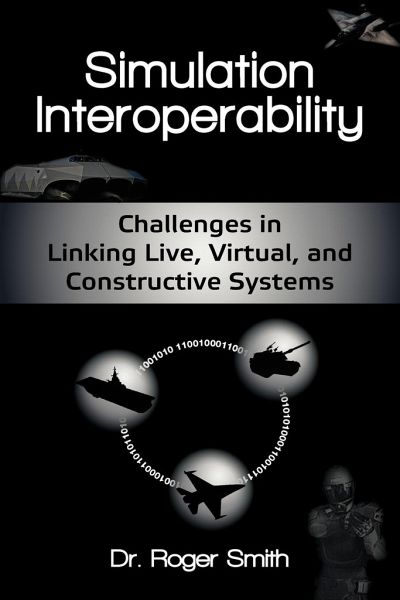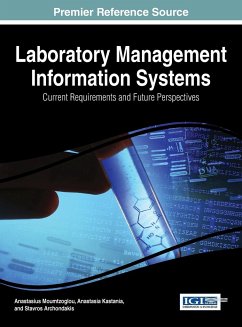
Simulation Interoperability
Challenges in Linking Live, Virtual, and Constructive Systems
Versandkostenfrei!
Nicht lieferbar
The United States Department of Defense has invested heavily in computer simulations since World War II. As a result, simulations and models exist to replicate or evaluate most combat systems and combat scenarios. As these simulations evolved, major differences in functionality and interfaces emerged which lead to distinct Live, Virtual, and Constructive simulation products. In this book we explore methods of interoperability between live, virtual, and constructive simulations. This study was conducted in 1994 and today provides a historic perspective on connecting diverse simulations and the ...
The United States Department of Defense has invested heavily in computer simulations since World War II. As a result, simulations and models exist to replicate or evaluate most combat systems and combat scenarios. As these simulations evolved, major differences in functionality and interfaces emerged which lead to distinct Live, Virtual, and Constructive simulation products. In this book we explore methods of interoperability between live, virtual, and constructive simulations. This study was conducted in 1994 and today provides a historic perspective on connecting diverse simulations and the evolution of methods of interoperability.













